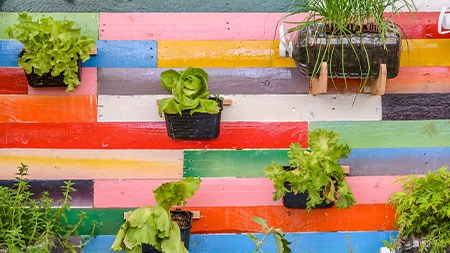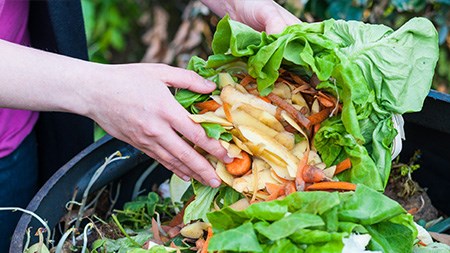Bees populations are declining all worldwide and need some help from garden owners who should create bee-friendly gardens.
Farmers worldwide depend on pollinators - especially bees - for successful harvests. Bees are the most important group of pollinators visiting over 90% of the leading 107 crop types worldwide. Yet, even though bees are critical to the natural environment and human food systems, global bee populations continue to decline.
As a gardener, you can help the bees by planting their favourite plants and making minor adjustments to your current garden.
Life is a Garden has some essential tips for creating bee-friendly gardens.
Bee benefits
Bees play an important role in sustaining the following:
- In South Africa, more than 50 different food crops depend on bee pollination.
- Honey bees pollinate fruit and vegetables and also improve their weight and quality.
- Bees sustain wild flora, which, in turn, supports the growth and preservation of almost all biodiversity and ecosystems in South Africa.
- Bees also contribute to job creation and employment in beekeeping, farming and related industries such as manufacturing.
- Honey has many medicinal benefits, including anti-bacterial and diabetic-friendly properties.
Planting for bees
Welcoming bees into your garden is not too difficult. Once you know how to cater for bees, planning your next flower pot or gardening project is easy. A few simple additions to your current garden could make all the difference.
Ideas for what to plant for bees:
- Flowering herbs such as basil, sage, fennel, lavender, thyme, and rosemary.
- Flowers such as sunflowers, coneflowers (Echinacea purpurea), Cape Daisy (Osteospermum ecklonis), dahlias, roses, Cape Forget-me-not (Anchusa capensis), and cosmos.
- Shrubs such as Hibiscus (Hibiscus rosa-sinensis), Aloes (Aloe spp), proteas, September Bush (Polygala myrtifolia), and porkbush (Portulacaria afra).
- Fruits and vegetables such as watermelons, cucumbers and pumpkin.
- Plants with long blooming cycles will keep bees returning to the garden.
- Roses invite bees with a variation of scents. They flower for the majority of the year and range from miniature bushes and shrub roses to enormous climbers.
Keep in mind that although bees love most flowers, they are especially fond of blue and purple buds.
Adding plants
If your garden is already fully-stocked, you can still boost your pro-pollination garden.
- Group the same plants to form one square metre or more of bee food.
- Let your plants flower for longer, allowing honeybees to come back for seconds.
- Provide fresh water by adding a birdbath or a water feature. Even freshly watered pot plants will attract bees.
- Avoid all pesticides and other chemicals, as most are toxic to bees. Use organic fertilisers instead to boost growth and flowers.
- Flowering weeds are an important food source for bees. Leave a weed-friendly section in your garden. Many small animals such as tortoises will also benefit.
Bee hotel
Out of the numerous bee species, the solitary bee is probably the most family-friendly as they pollinate flowers and don’t sting.
These bees are different from honeybees, although they look very similar. You can home solitary bees by building a bee hotel. Here are step by step instructions.
Other suitable homes for bees include hollowed-out tree stumps. There are many ways you can set up a natural beehive in your garden and many DIY tips for building one.
So, get planting, building, and using your resources to make every day a bee-conscious occasion and your garden a safe haven for bees.



